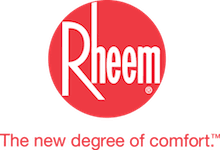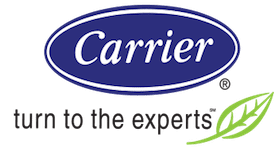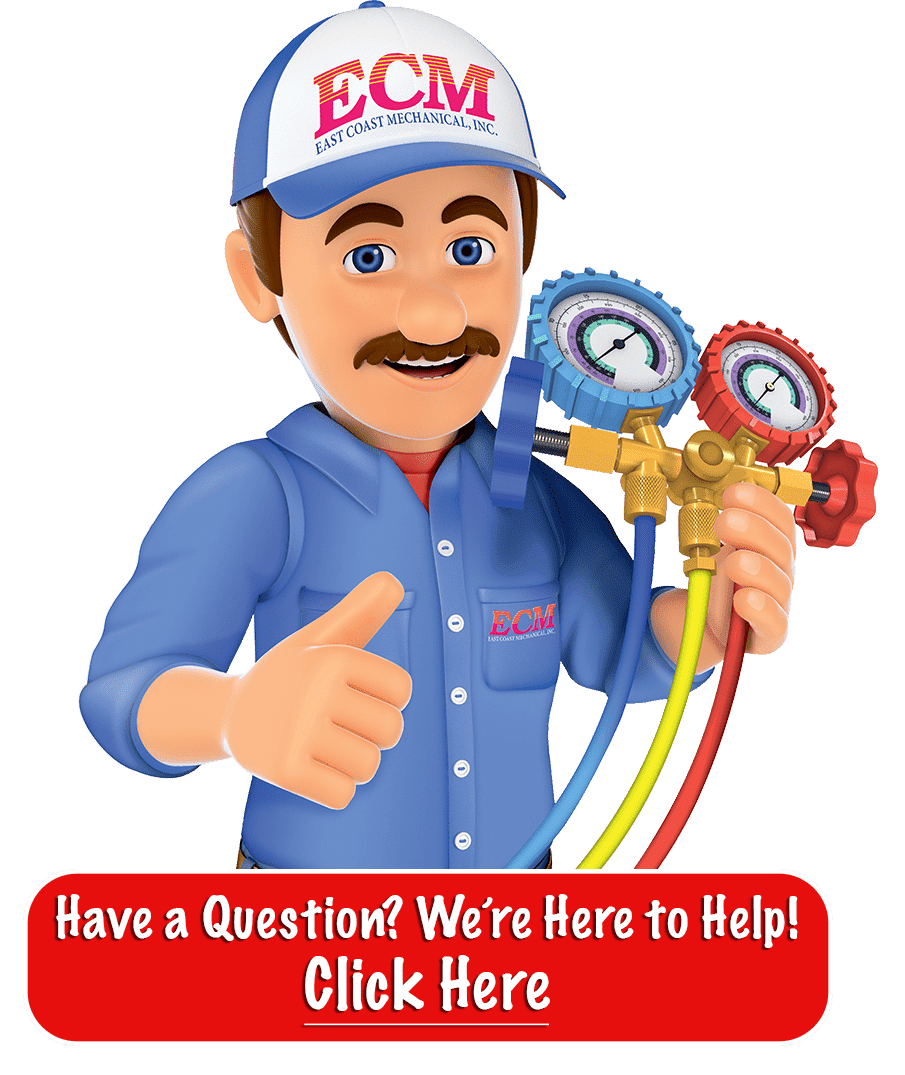Summary:
In this comprehensive guide, we delve into the critical role of air conditioners in managing indoor air quality. While air conditioners are widely recognized for their comfort and convenience, there’s a common misconception about their ability to clean indoor air. Here, we aim to clarify the primary function of air conditioning systems, mainly focusing on the heat pump mechanism and its limitations in addressing indoor air pollution. We will explore practical measures for maintaining pollutant-free indoor air, emphasizing the importance of regular HVAC system maintenance, the use of HEPA filters, and the significance of MERV ratings. By understanding these aspects, homeowners can take proactive steps towards ensuring cleaner indoor air, reaping long-term health benefits.
I. Introduction
Air conditioners have increasingly become a symbol of comfort in modern living, profoundly transforming our indoor environments. These systems do more than just lower temperatures; they create a cool, controlled atmosphere that enhances our homes and workplaces’ overall comfort and livability.
By regulating the climate inside our spaces, air conditioners provide a sanctuary from the often harsh and unpredictable outdoor weather, making them an indispensable part of daily life for many. This ability to maintain a consistent, pleasant environment is not just a luxury but a significant contributor to our quality of life, especially in regions with extreme weather conditions.
Despite popular belief, air conditioners are not designed to purify indoor air, leading to misconceptions about their role in indoor air quality.
II. What Air Conditioners Do to Indoor Air
The primary function of air conditioning systems lies in their ability to remove heat from indoor environments, effectively cooling the spaces we live and work in. This process is central to how air conditioners operate, distinguishing them from air purification systems. Air purifiers are engineered to cleanse the air by filtering pollutants and contaminants. In contrast, air conditioners are designed with a distinct objective. Their primary function is to regulate temperature, not to purify the air.
A heat pump mechanism at the heart of an air conditioner’s operation absorbs the warm indoor air, removes its heat, and circulates the cooled air back into the room. This cycle is crucial for creating comfortable living and working conditions, particularly in hot climates. The cooling process involves a refrigerant, which absorbs heat from the indoor air, and a compressor, which facilitates the movement of the refrigerant through the system.
However, it’s important to note that this process does not inherently purify the air. Some air conditioners are fitted with elementary built-in air filters. Still, their primary role is to capture larger particles such as dust and pet hair, serving more to safeguard the internal components of the AC unit than to enhance air quality markedly. These filters need more sophistication and efficiency to filter out smaller pollutants like pollen, bacteria, and viruses, which are more critical when considering air purification.
Therefore, while air conditioners are excellent at regulating temperature and providing relief from heat, they should not be relied upon as a means of air purification. Individuals focused on improving indoor air quality should consider extra steps like employing specialized air purifiers, installing more advanced air filters, or incorporating air purification systems into their existing HVAC setup. These actions are advised to achieve a more pristine and healthful indoor air atmosphere.
Understanding indoor and outdoor air pollution is essential for tackling air quality concerns effectively. While interconnected, these two types of pollution have different sources, compositions, and health implications, necessitating distinct approaches for mitigation.
Outdoor air pollution originates from external sources such as industrial emissions, vehicle exhaust, construction activities, and natural factors like wildfires and dust storms. It typically includes pollutants like nitrogen oxides, sulfur dioxide, particulate matter, and volatile organic compounds. Mitigating outdoor air pollution often involves broader policy initiatives, urban planning, industrial regulations, and public transportation strategies to reduce emissions from these sources.
Indoor air pollution, on the other hand, arises from sources within our homes and buildings. Common indoor pollutants include household chemicals, mold, pollen, pet dander, tobacco smoke, and gases like carbon monoxide and radon. Outdoor pollutants that seep into buildings also play a role in influencing the quality of indoor air. However, the concentration and impact of these pollutants can be significantly different indoors due to factors like ventilation, humidity, and the presence of specific indoor sources.
Mitigation strategies for indoor air pollution focus more on the immediate indoor environment. In this regard, measures such as enhancing ventilation to lower pollutant levels, employing HEPA filter-equipped air cleaners to trap fine particles, managing humidity to deter mold formation, and conducting routine HVAC system maintenance to inhibit the spread of contaminants are essential. Additionally, choosing household products that emit fewer pollutants and adopting practices like no smoking indoors are crucial to maintaining healthy indoor air.
The built-in air filters found in most air conditioning units, while serving a fundamental role, are typically basic in design and function. These filters are primarily intended to protect the air conditioning system itself rather than to provide comprehensive air cleaning for the indoor environment. Their primary function is to trap large particles such as dust, lint, and hair that could harm the AC unit’s internal components, like the evaporator and condenser coils.
However, these standard filters fall short regarding the finer particles contributing to indoor air pollution — such as pollen, mold spores, bacteria, and fine dust. They are not designed with the fine mesh or specialized materials needed to capture microscopic contaminants effectively. Consequently, numerous smaller particles persist in the indoor atmosphere, potentially leading to health problems, particularly those suffering from allergies, asthma, or other respiratory ailments.
Moreover, the effectiveness of these built-in filters can only improve over time if they are regularly cleaned or replaced. When a filter becomes dirty, it not only loses its ability to capture pollutants effectively but also hinders the overall performance of the air conditioning system. This inefficiency can result in higher energy usage and a diminished cooling capability.
More than relying on the air conditioner’s built-in filter is required for those concerned about indoor air quality. To enhance air cleaning capabilities, it’s advisable to consider additional measures. Options involve switching to air filters with superior Minimum Efficiency Reporting Value (MERV) ratings, which are more adept at trapping smaller particles or opting for independent air purifiers equipped with High-Efficiency Particulate Air (HEPA) filters. Additionally, integrating advanced filtration systems into the existing HVAC setup can significantly improve the removal of airborne contaminants, ensuring a healthier indoor air environment.
III. Addressing Indoor Air Pollution
A. Maintaining clean indoor air is vital for health and well-being.
B. Key measures include:
- Regular cleaning and replacement of air filters.
- Investing in HEPA filters for superior air filtration.
- Choosing air filters with high MERV ratings for better pollutant capture.
- Ensuring regular professional check-ups of the HVAC system to maintain optimal performance.
IV. The Benefits of Proper AC Maintenance
A. Homeowners’ Role in Sustaining Indoor Air Quality Through Proper AC Maintenance
Homeowners have a significant responsibility in maintaining indoor air quality; one of the key aspects is proper air conditioning maintenance. Regular upkeep of AC units is crucial for their efficient operation and for ensuring that the air circulated within the home is as clean as possible.
This involves routine tasks such as checking for leaks, ensuring the system runs efficiently, and being alert to malfunction.
By keeping their air conditioning systems in top condition, homeowners can significantly reduce pollutants and allergens in their indoor air, creating a healthier living environment.
B. Importance of Regular Cleaning and Timely Filter Changes
Consistent cleaning and timely air conditioner filter replacement are vital for better air quality.
With time, dust, pet dander, and various airborne particles can accumulate in AC filters, compromising the system’s effectiveness and contaminating the indoor atmosphere. Periodic cleaning of these filters is essential to eliminate these particles and stop them from being circulated back into the air.
Furthermore, replacing filters at regular intervals is vital, given that filters that have become worn out are less effective. Maintaining a consistent maintenance routine ensures that air conditioning units remain a beneficial factor in indoor air quality.
C. Benefits of Professional HVAC Inspections
Scheduling professional HVAC inspections is crucial for averting potential problems and guaranteeing the efficient functioning of air conditioning systems. These evaluations, carried out by skilled technicians, are adept at detecting and resolving issues that homeowners might need help to notice.
Technicians can perform comprehensive checks, including examining the refrigerant levels, testing the thermostat’s accuracy, inspecting electrical components, and ensuring all parts are in good working order.
Regular professional inspections can prevent minor issues from turning into significant problems, thereby maintaining the system’s efficiency and longevity and ensuring that it contributes positively to indoor air quality.
D. Long-Term Health and Comfort from Clean, Pollutant-Free Indoor Air
The ultimate goal of maintaining and adequately using air conditioning systems is to achieve clean, pollutant-free indoor air, essential for long-term health and comfort.
Maintaining indoor air quality substantially lowers the likelihood of respiratory ailments, allergies, and other health complications linked to air pollution.
Additionally, it fosters a more agreeable and comfortable setting devoid of unpleasant smells and excessive moisture. Homeowners can achieve a refreshingly cool environment and a healthier and more enjoyable indoor living space through the selection and upkeep of appropriate air conditioning systems.

ECM Air Conditioning, with its headquarters located in Boynton Beach, FL, provides air conditioning services within Palm Beach County, Broward County, Martin County, and St. Lucie County. If you’re looking to have a new HVAC system installed, we’re on-call and ready to assist you. So if you’re in need of an HVAC installation, don’t hesitate to contact us today to schedule an inspection! Our HVAC installation experts will check your ductwork, measure, check wire sizes, and more before making recommendations to ensure maximum efficiency and comfort. Call us at 561-295-1763 or contact our HVAC installation team online by clicking here.
















